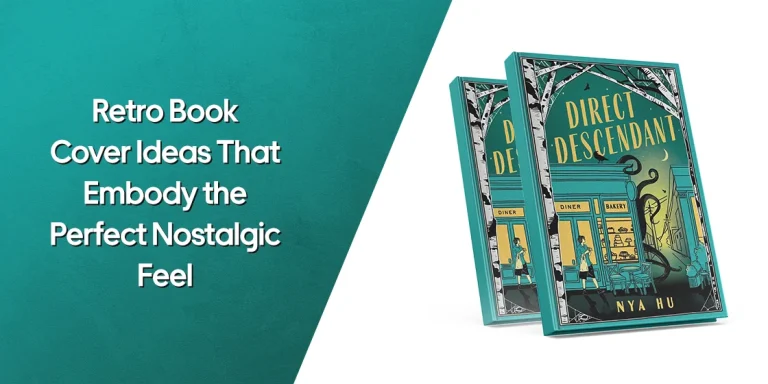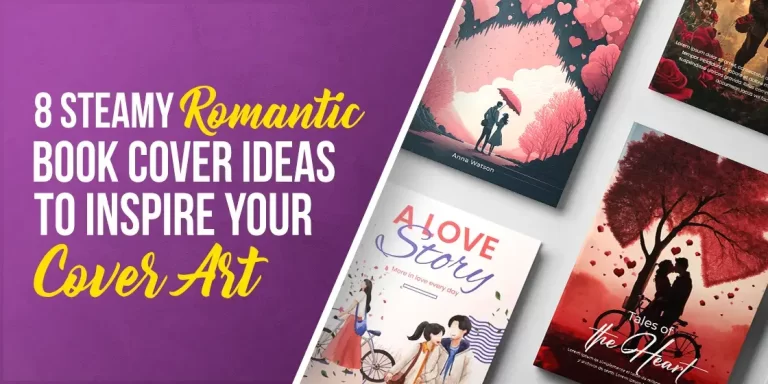

Table of Content
Discover the Secrets of Classic Horror Book Covers That Enraptures and Unsettles Us
When it comes to the horror genre, the first thing that comes to mind is a list of the best horror movies we have seen. However, many of those movies that we have enjoyed have been based off classic horror novels, from authors like Bram Stoker to Stephen King. And while its true that there is no better medium than the visual one to portray the visceral emptions that is horror, there is no denying the climactic buildup offered by a good horror novel.
Look at any of the popular horror book covers you can get your hands on, and view it intently. What do you feel looking at it? A sense of uneasiness or foreboding? That is exactly the kind of vibe that is considered the hallmark of a good horror cover art. So how can you incorporate that same vibe into your own book covers too?
Let’s dive in and take a look at some spine-chilling horror book cover designs developed by professional eBook design services, and discover the elements you need to incorporate that vibe into your cover art.
The Art of Creating Amazing Horror Book Covers That Complement the Storyline

Good horror book covers do not overtly scare off their potential readers. In fact, the hallmark of a good horror book cover art is that it alludes to the horror nature just enough to get the reader slightly unsettled, and wanting to read the book to find out what happens. So, we can say that the allure of a good horror novel often lies in its ability to evoke fear and anticipation.
Using a mix of visual elements to convey the desired aesthetic, the resultant design is meant to complement and enhance the overarching storyline. From the symbolism used to the color combinations and fonts selected, each element plays a crucial role in setting the tone for the impending terror.
Why Do Most Horror Book Covers Prefer a Retro Look and Vibe?
Most horror books we know of today feature retro style cover art. And while most of these books are in fact old enough to be considered classics, the fact of the matter is that a classic style of book cover art is popular in the horror genre.
In the late 90s to the early 2000s, there was a momentary swing in trends, where horror books started to feature cover art with a more modern look. However, the resurgence of retro aesthetics in horror book covers recently is not just a trend, but a deliberate choice by designers to capitalize on the fact that it resonates with readers.
To make it short, the industry’s inclination toward vintage vibes relates to the practice of tapping into the nostalgia that heightens the horror reading experience. Frankly, many of the popular horror stories we are familiar with would fare poorly in a modern setting. So, the vintage element is designed to remove that chance of implausibility by creating a setting where many modern solutions would not even exist.
Styles of Horror Book Covers You Will Come Across
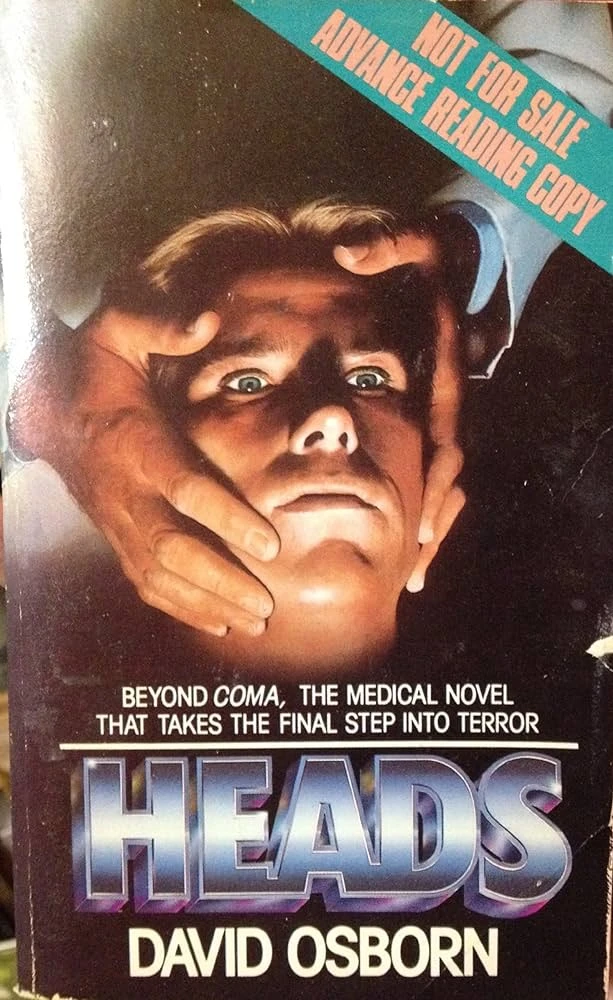
Now, not all horror book covers are retro. If you look at the books in this genre, you will find three distinct styles of cover art, with different authors and publishers opting for various styles as per their preference.
Moreover, the style of horror cover art you choose depends on the secondary genres of the book as well. For example, if your book has some detective noir elements too, then chances are you would prefer a more classic cover art common in the 70s or 80s.
So, let’s explore the different types of horror book covers found in the industry, and discover what specific aesthetic each of them offers.
Classic Horror Book Covers & Their Cultural Impact
A journey through the annals of horror literature will expose you to a variety of classic horror book covers and their enduring cultural impact. From the iconic and ominous profile of Dracula to the horrifying stitched visage of Frankenstein’s monster, these book cover ideas are no mere visuals. They are cultural milestones that have embedded themselves in our collective psyche as what classic horror genre is all about.
Modern Horror Book Covers and Their Design Trends
The changes and evolution in the design of horror book covers shows not only the changes in design preferences, but also the shifts in our fears as a society. For fantasy book cover ideas, the aesthetic has remained more or less the same. However, the horror genre has evolved to include modern elements into the stories, which results in a modernization of the book covers as well.
As younger generations that were exposed to a lot more of the modern technology grew up, both horror authors and designers needed to adapt to that changing consumer dynamic. Today, modern horror includes popular tinfoil theories and elements like 5G contagions and more, designed to appeal to the new generation of horror readers.
Indie Horror Book Covers That Stand Out in Uniqueness
Independent creators bring a fresh and daring perspective to horror book cover design. The authors and cover artists in this genre are known for defying common conventions to design book covers that stand out in their uniqueness. In fact, the term indie often mans that the resultant product will be unique, whether its books, film, or even video games. From minimalist designs to bold artistic expressions, indie covers often push the boundaries of traditional horror aesthetics.
8 Retro Horror Book Covers That Will Have You Reaching to Turn on the Light
Now that you know the different types of horror book covers, let’s dive into a spine-tingling journey through eight classic retro horror book covers. Each of these book covers have been carefully chosen to be a testament to the enduring power of visual storytelling.
And while you might have other preferences for popular horror book cover ideas, these covers not only encapsulate the essence of their respective stories but have become iconic symbols of the horror genre.
The Guardian by Jeffrey Konvitz
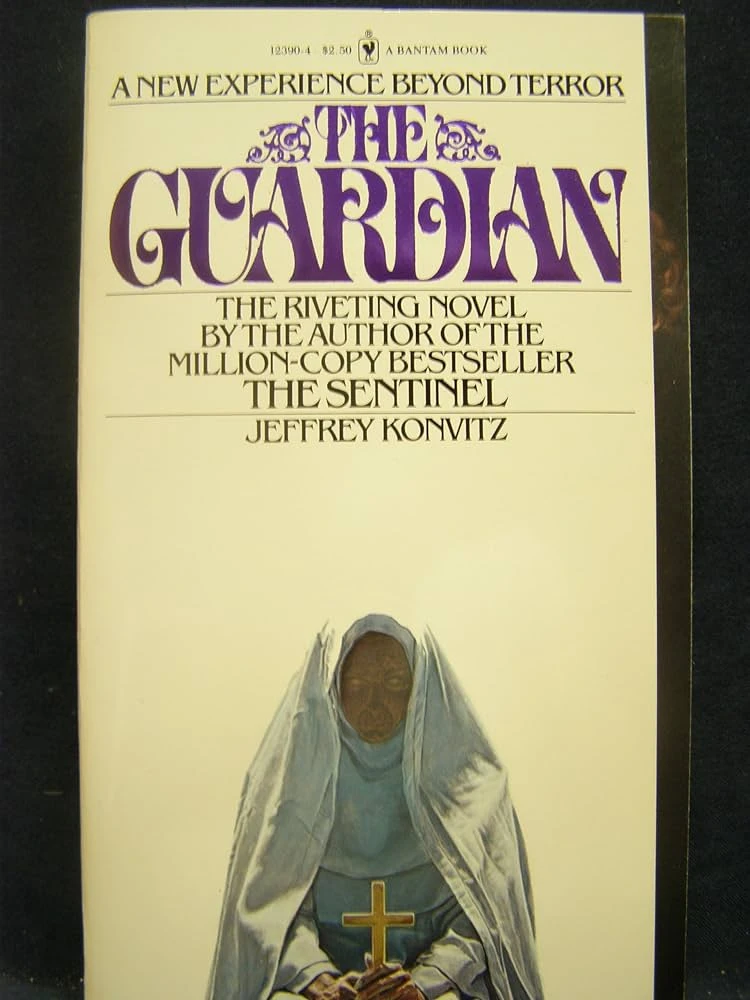
The cover of The Guardian is a haunting tableau of an otherworldly entity in a nun’s garb looking at the reader. The interplay of shadows and ethereal light creates an eerie atmosphere that hides the nun’s face, setting the stage for the supernatural horrors within. The ornate design of the title with serif vintage fonts adds a touch of malevolence and mysticism, hinting at the horror tale that awaits readers.
Published in the 1970s, The Guardian stands as a cult classic in the horror genre. Its cover, a product of its time, has since become an emblem of the era’s fascination with the interplay between the occult and religion.
The Kill by Alan Ryan
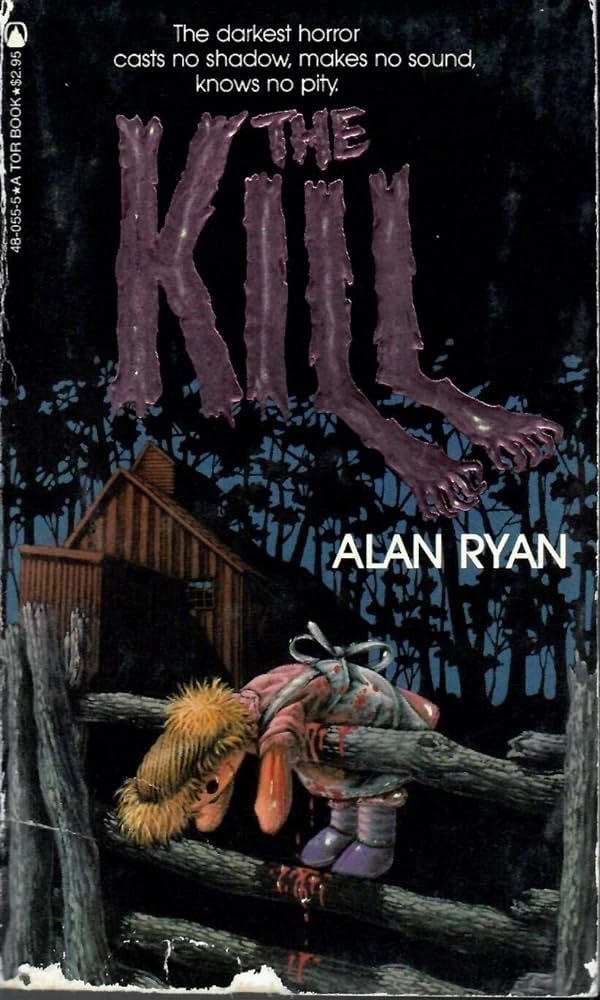
The Kill entices readers into a realm of psychological horror with its cover. A mesmerizing blend of surreal imagery and symbolism, the blood-dripping doll at the forefront hints at the internal turmoil central to the story. The woodland setting and splattered blood countered by a child’s doll evoke a sense of disorientation and visceral fear.
A product of the 1980s, The Kill captures the essence of the psychological horror popular in the era. Its cover design mirrors the unpredictable nature of the story within.
Dark Companions by Ramsay Campbell
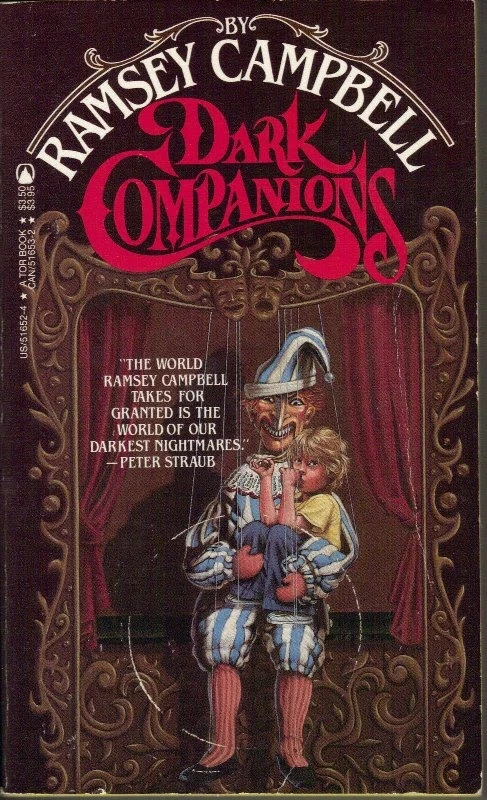
Dark Companions is another book that immerses readers into a world of psychological weirdness with its cover. The eerie mannequin with a leering smile holding a young child hints at a foreboding atmosphere. The muted yet ornate color combinations and subtle details invite readers to peer into the unknown, setting the stage for the psychological terrors concealed within the pages.
Published in the 1970s, Dark Companions is another example of that era’s fascination with psychological horror, witnessed in classic movies like Child’s Play as well. Its cover serves as a visual prelude to the psychological twists explored within the story.
The Djinn by Graham Masterton
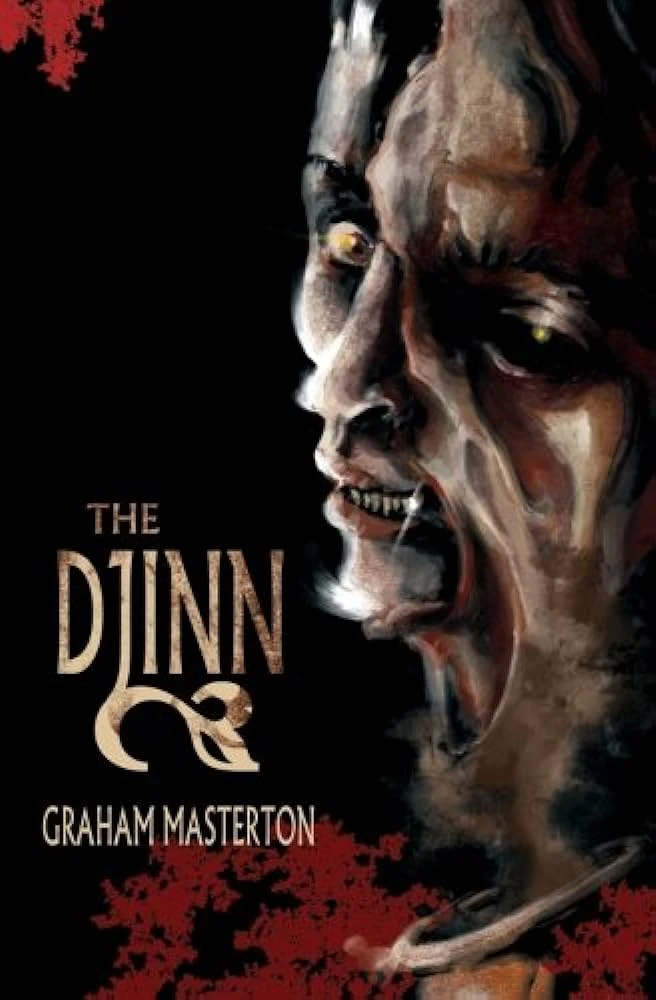
The Djinn instantly captivates the reader with its cover featuring an intricately detailed and ominous genie’s lamp. The swirling smoke and fiery hues evoke a sense of mystical dread, which is further built upon by the scary-looking genie’s face. Overall the design promises a tale of ancient malevolence. The ornate design and mystical elements convey a narrative steeped in supernatural horror.
Released in the 1970s, The Djinn aligns with the era’s exploration of supernatural themes. Its cover, with its evocative depiction of the genie’s lamp, has become an iconic representation of mystical horror.
The Legion by William Peter Blatty
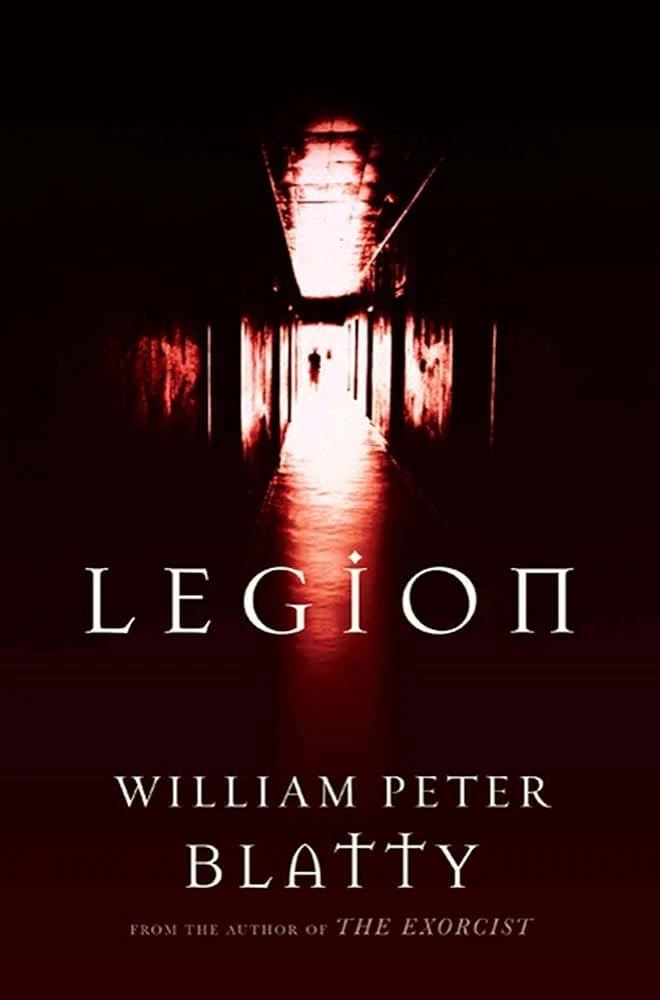
The Legion presents a cover that is both enigmatic and unsettling. The spectral figures at the end of a long and dark corridor create a sense of spiritual unrest and foreboding. The subdued color palette with a crimson overtone, dominated by shadows and muted tones, contributes to the eerie ambiance that permeates the cover.
A product of the 1980s, The Legion continues William Peter Blatty’s exploration of spiritual horror. Its cover, with its spectral imagery, serves as a visual entry point into the complex themes of the novel.
Feast by Graham Masterton

Feast transports readers into a world of visceral horror with its cover. The grotesque and surreal depiction of a bleached white skull with a bound person emerging from one eye socket sets the stage for a macabre narrative. The vivid and nightmarish imagery promises a feast of horror for those daring enough to dive into its pages.
Released in the 1980s, Feast represents the era’s penchant for visceral and graphic horror. Its cover, with its nightmarish design, captures the essence of the horrors of the novel perfectly.
The Exorcist by William Peter Blatty
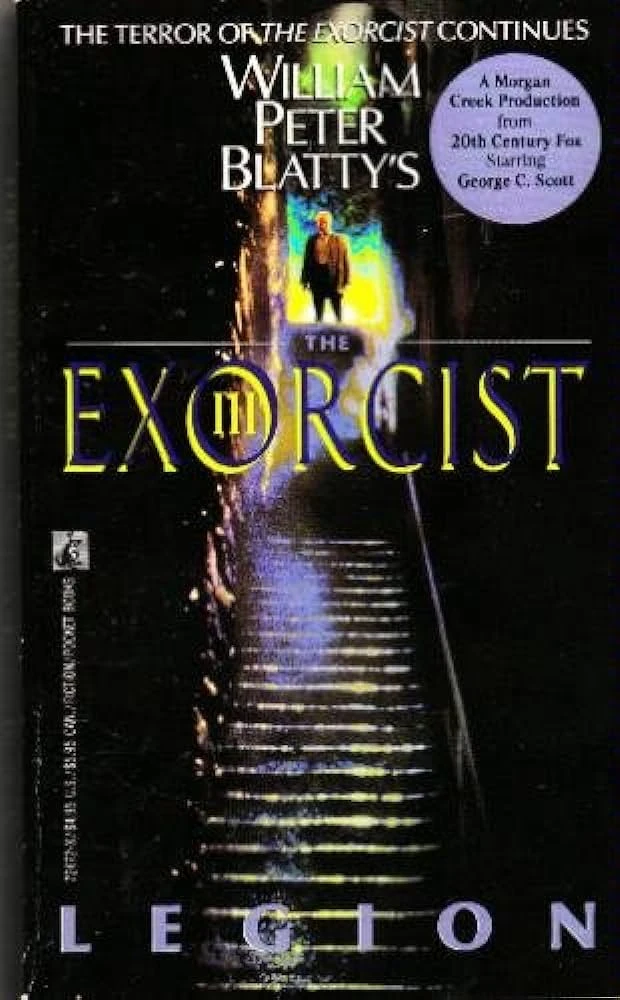
The Exorcist, an iconic entry in horror literature, features a cover that is both minimalistic and chilling. The stark contrast of the lit background against the haunting silhouette of the possessed Regan standing at the top of a dark staircase invokes a sense of dread. The simplicity of the design lulls you into a false sense of security before being consumed by the profound horror that awaits readers.
Originally published in the 1970s, The Exorcist stands as a landmark in horror literature. Its cover, with its understated yet powerful design, has become synonymous with the terror of demonic possession.
Piper by Brett Rutherford and John Robertson
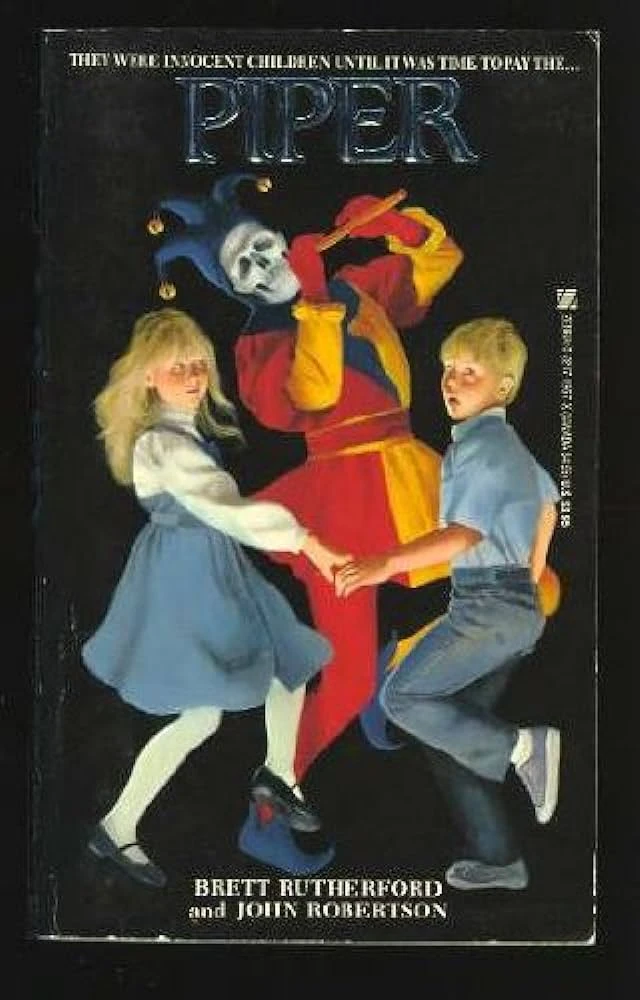
Piper attracts readers with its cover, showcasing an haunting skeleton in a jester’s costume playing the flute. The weird background with the dancing pair of children sets a ghostly tone, hinting at a narrative interwoven with supernatural elements. The subtle yet evocative design invites readers to pick up the book and explore the story within.
Released in the 1980s, Piper is unique for that era with a somewhat lighthearted take on the otherworldly theme. Its cover, with its ghostly piper, captures the essence of the spectral narrative within.
FAQs
| What makes a good horror book cover? One of the most common design ideas used to create horror book covers is to use a distortion or clarity filter to give your design an eerie and ethereal feel. Imagine a monstrous visage that is shown partially in and out of focus at the same time. Moreover, the addition of seemingly innocent elements like children’s toys in a horror setting is another great way to create an effective horror book cover. |
| What are some scary horror books that leave you feeling uneasy? Some of the most terrifying horror books include: – The haunting of Hill House by Shirley Jackson – Rosemary’s Baby by Ira Levin – House of Leaves by Mark Z. Danielewski |
Conclusion
To sum it up, the world of horror book covers is a tricky one where artistry and fear combine to create an intricate and immersive reading experience. Unlike the inherent simplicity of cover art such as children book cover ideas; this requires a nuance at capturing the essence of the story without being off-putting.
As we look at the stories behind these eight retro horror books, we not only try to unveil their design aesthetic, but also pay homage to the timeless art that continues to haunt and mesmerize readers. These covers, each a visual masterpiece in its own right, serve as gateways to worlds where the line between reality and nightmare blurs—an invitation for readers to turn the page into the unknown.

Logopoppin
Logopoppin is a graphic design agency that specializes in logo designing, web development, video production and advanced branding services. We love to innovate businesses with new age technologies, allowing them to improve their visual reputation.


